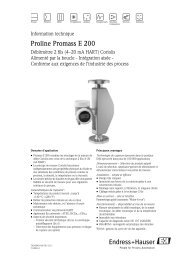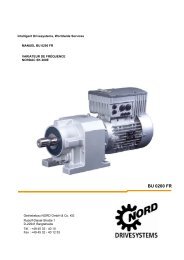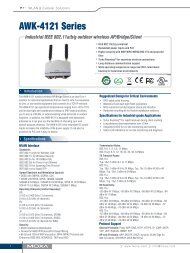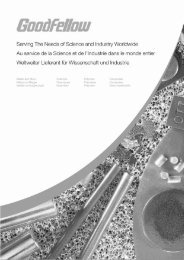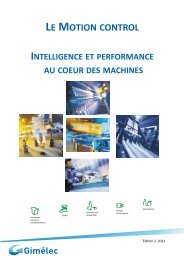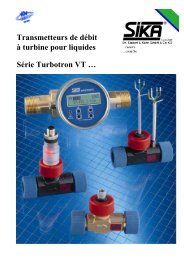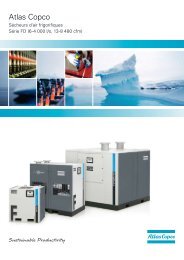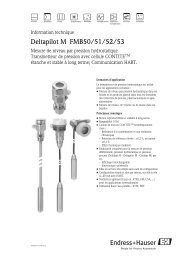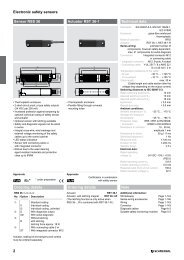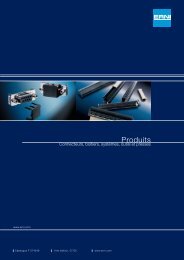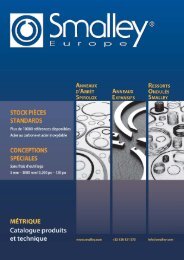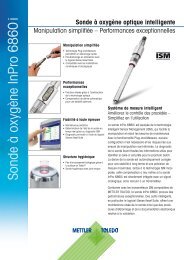Flexible Heaters Design Guide - BiS Sistem
Flexible Heaters Design Guide - BiS Sistem
Flexible Heaters Design Guide - BiS Sistem
You also want an ePaper? Increase the reach of your titles
YUMPU automatically turns print PDFs into web optimized ePapers that Google loves.
<strong>Design</strong>ing with Thermofoil <strong>Heaters</strong><br />
Introduction <strong>Design</strong><br />
<strong>Guide</strong><br />
Polyimide<br />
<strong>Heaters</strong><br />
Silicone<br />
Rubber<br />
<strong>Heaters</strong> (foil)<br />
Standard<br />
Polyimide<br />
& Rubber<br />
Rubber<br />
<strong>Heaters</strong><br />
(wire-wound)<br />
Mica <strong>Heaters</strong> Thermal-Clear<br />
<strong>Heaters</strong><br />
All-Polyimide<br />
<strong>Heaters</strong><br />
Sensors,<br />
Controllers &<br />
Accessories<br />
Reference<br />
Estimating power requirements<br />
The total amount of power required for an application is the<br />
larger of two values:<br />
1. Warm-up power + Heat lost during warm-up<br />
2. Process heat + Heat lost in steady state<br />
Warm-up power: Watts required to bring an object to<br />
temperature in a given time. The basic formula is:<br />
P<br />
( watts)<br />
mC<br />
=<br />
( T − T )<br />
where:<br />
m = Mass of object (g)<br />
C p = Specific heat of material (J/g/°C)<br />
T f = Final temperature of object (°C)<br />
T i = Initial temperature of object (°C)<br />
t = Warm-up time (seconds)<br />
Material Specific heat (J/g/°C) Density (g/cm³)<br />
Air 1.00 0.0012<br />
Aluminum 0.88 2.71<br />
Copper 0.38 8.97<br />
Glass 0.75 2.64<br />
Oil (typical) 1.90 0.90<br />
Plastic (typical) 1.25<br />
Varies<br />
Silicon 0.71 2.32<br />
Solder 0.19 8.65<br />
Steel 0.50 7.85<br />
Water 4.19 1.00<br />
For other materials see Minco white paper “Estimating Power<br />
Requirements for Etched-foil <strong>Heaters</strong>” at www.minco.com/e2e<br />
To get: Multiply:<br />
J/g/°C BTU/lb/°F × 4.19<br />
g/cm³ lbs/ft³ × 0.016<br />
p<br />
t<br />
f<br />
Process heat: Heat required to process a material when the<br />
heater is performing useful work. The formula above also<br />
applies here, but must also include latent heat if material<br />
changes state (melts or evaporates).<br />
Heat loss: All systems lose heat through convection (air or<br />
liquid movement), conduction through support structures,<br />
and thermal radiation.<br />
White Papers<br />
Download these helpful white papers to assist in designing and<br />
testing with Thermofoil heaters:<br />
• Estimating Power Requirements for Etched-Foil <strong>Heaters</strong><br />
• Prototyping Techniques for Etched-Foil <strong>Heaters</strong><br />
Both available at: www.minco.com/e2e<br />
i<br />
Conducting experiments<br />
Heat transfer theory is complex. It’s usually best to prototype<br />
your system with actual heaters to observe behavior and finetune<br />
the design. Minco offers a variety of tools to help you:<br />
<strong>Design</strong> Kit: The <strong>Flexible</strong> <strong>Heaters</strong> Prototype <strong>Design</strong> Kit<br />
(part number TB-H1) allows you to easily test and prototype<br />
a heating concept before starting on a journey of custom-builtto-order<br />
product.<br />
Filled with flexible Thermofoil heaters, instructions and<br />
technical data, this kit will help you move towards successfully<br />
integrating flexible heaters into your application. Learn more at<br />
www.minco.com/heaterkit/.<br />
Variable power source: An AC power supply (“Variac”), power<br />
resistor, or rheostat lets you test different power levels across<br />
the heater or zone by zone.<br />
Temperature sensor(s): A small Thermal-Ribbon RTD such as<br />
model S665 is easy to move and reapply to test temperature in<br />
various locations. See sensor options in the "Sensors,<br />
Controllers & Accessories" section.<br />
Controller: Models CT325, CT15, and CT16A cover the range<br />
from simple to sophisticated design for testing control<br />
schemes. See controller options in the "Sensors, Controllers &<br />
Accessories" section.<br />
A mosaic of standard heaters, with dual power supplies, helps<br />
to determine edge profiling for uniform temperature.<br />
INNER ELEMENT<br />
POWER SUPPLY<br />
The resulting custom heater looks like this.<br />
OUTER ELEMENT<br />
POWER SUPPLY<br />
10<br />
Sal es and Support<br />
|<br />
Americas: 763.571.3121 | Europe: (33) 5 61 03 24 01 | Asia Pacific: (65) 6511 3388





